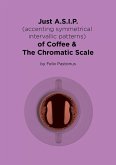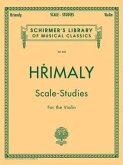The Tempered scale proposed in 1482 as a practical solution to discords was only introduced and applied 240 years later by J. S. Bach. Since then, this scale has ruled the tone frequencies in all variety of chords. Due to its simple conception, small imperfections in harmony are unavoidable. Now a new musical scale is proposed, and this book details the new concepts and features and their application in the manufacture of musical instruments, to introduce the new sounds in harmony to the world market. The Natural Set of forty-seven elements was the beginning of the research. The M comma, the smallest consonance that can be distinguished by the ear, together with J and U, allowed the attainment of the Natural Progression of Musical Cells, while its 624 elements led to the discovery of K and P semitone factors to establish the Piagui octave. The proper sequence of eight K and four P replace the twelve T factors of the Tempered intonation. The origins of K and P are the ten tone frequencies found in the Pythagoras and Aristoxenus heptatonic scales. Piagui and Tempered chord wave peaks of basic twenty-four triads are drawn by computer to demonstrate the true concords and discords respectively.
Hinweis: Dieser Artikel kann nur an eine deutsche Lieferadresse ausgeliefert werden.
Hinweis: Dieser Artikel kann nur an eine deutsche Lieferadresse ausgeliefert werden.








